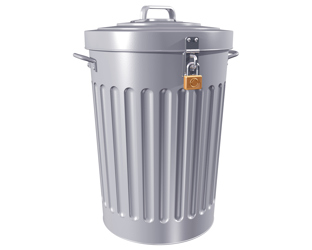States Struggle To Dispose Of 1 Million Gallons Of PFAS Foam


As states across the U.S. attempt to dispose of major sources of PFAS, delays caused by the pandemic may be increasing the likelihood of exposure.
New York, Michigan, Rhode Island, Massachusetts, Vermont, and New Jersey have enacted coordinated efforts to collect and dispose of aqueous film forming foam (AFFF), the toxic firefighting foam that contains PFAS chemicals that are a danger to human health, but their plans have been put on hold because of the spread of the novel coronavirus.
All told, states have collected nearly 1 million gallons of AFFF in the hopes of keeping it out of their drinking water, according to Bloomberg Law. But they are struggling to find safe ways to dispose of it.
“Now states that collected AFFF to keep it out of their water are looking for ways to get it off their hands,” Bloomberg Law reported. “Sending the waste to other states for disposal just adds to the number of potential sources of PFAS, increasing the likelihood that people will be exposed to the chemicals.”
Incineration appeared to be the disposal method of choice for AFFF chemicals, but some data has indicated this practice may be releasing harmful contaminants into the public rather than destroying them. Now, an EPA research team and the state of New York are conducting an analysis of disposal methods.
Meanwhile, other states are studying their options to determine the best course for disposal while protecting human health and the environment.
Per- and polyfluoroalkyl substances (PFAS) in drinking water — also known as “forever chemicals” because they linger for long periods in the environment — has become one of the water treatment industry’s most notorious problems in the last few years.
To read more about how utilities deal with PFAS contamination visit Water Online’s Drinking Water Contaminant Removal Solutions Center.
